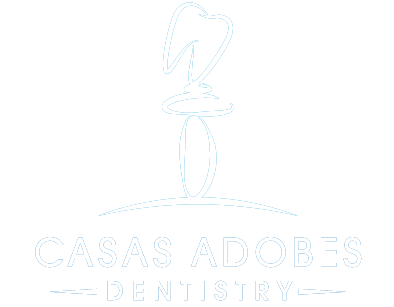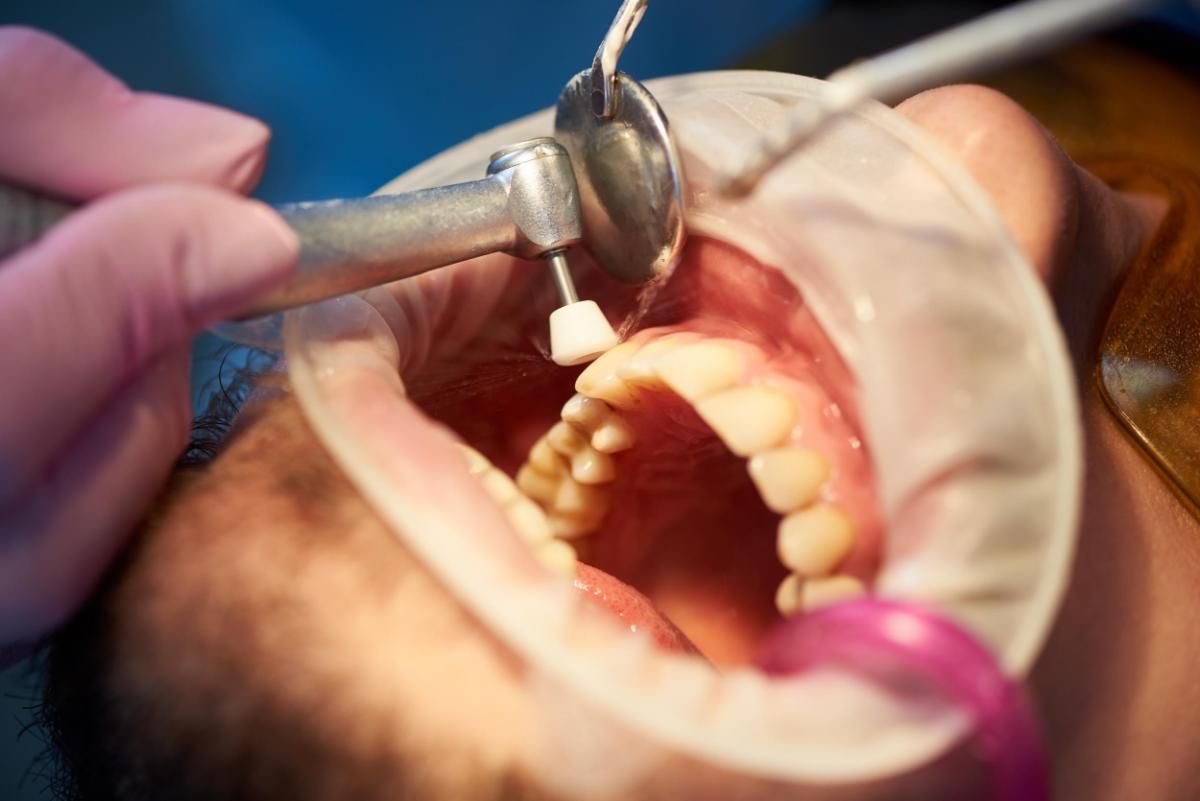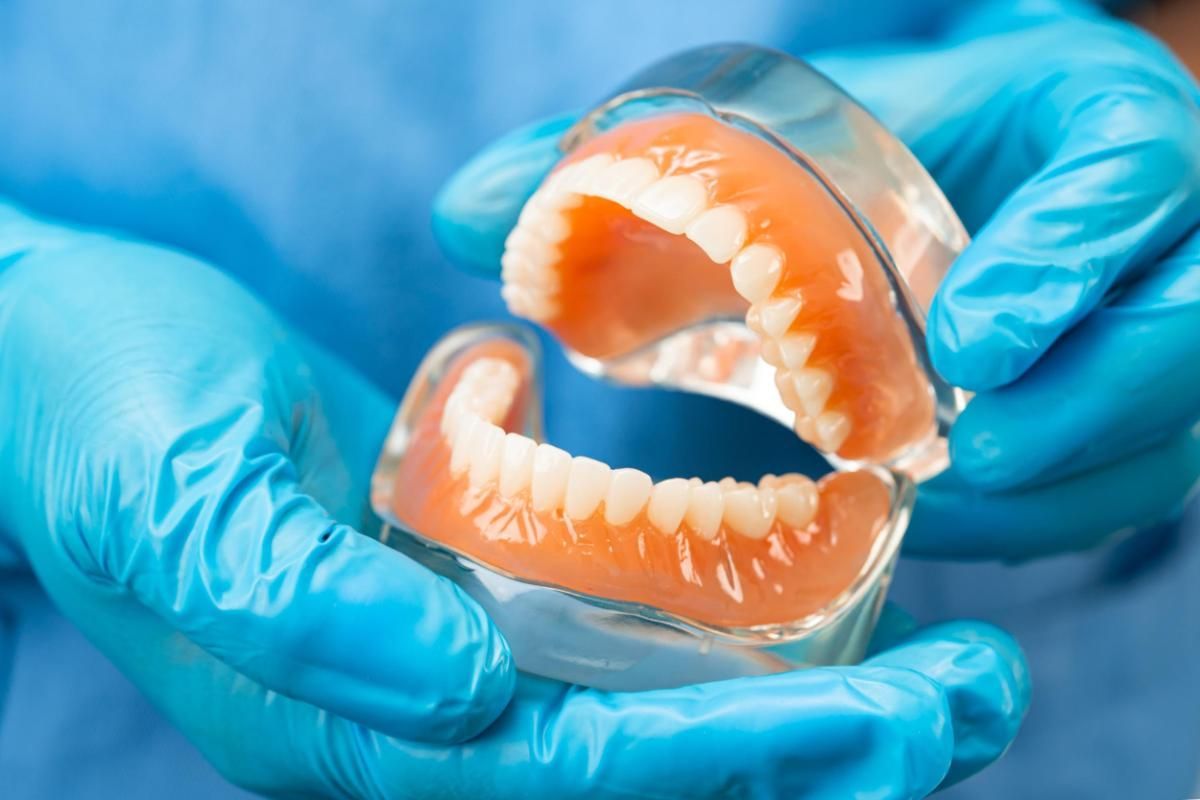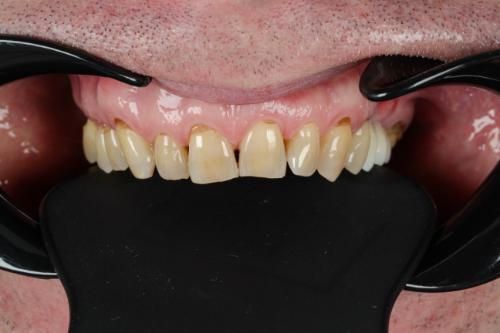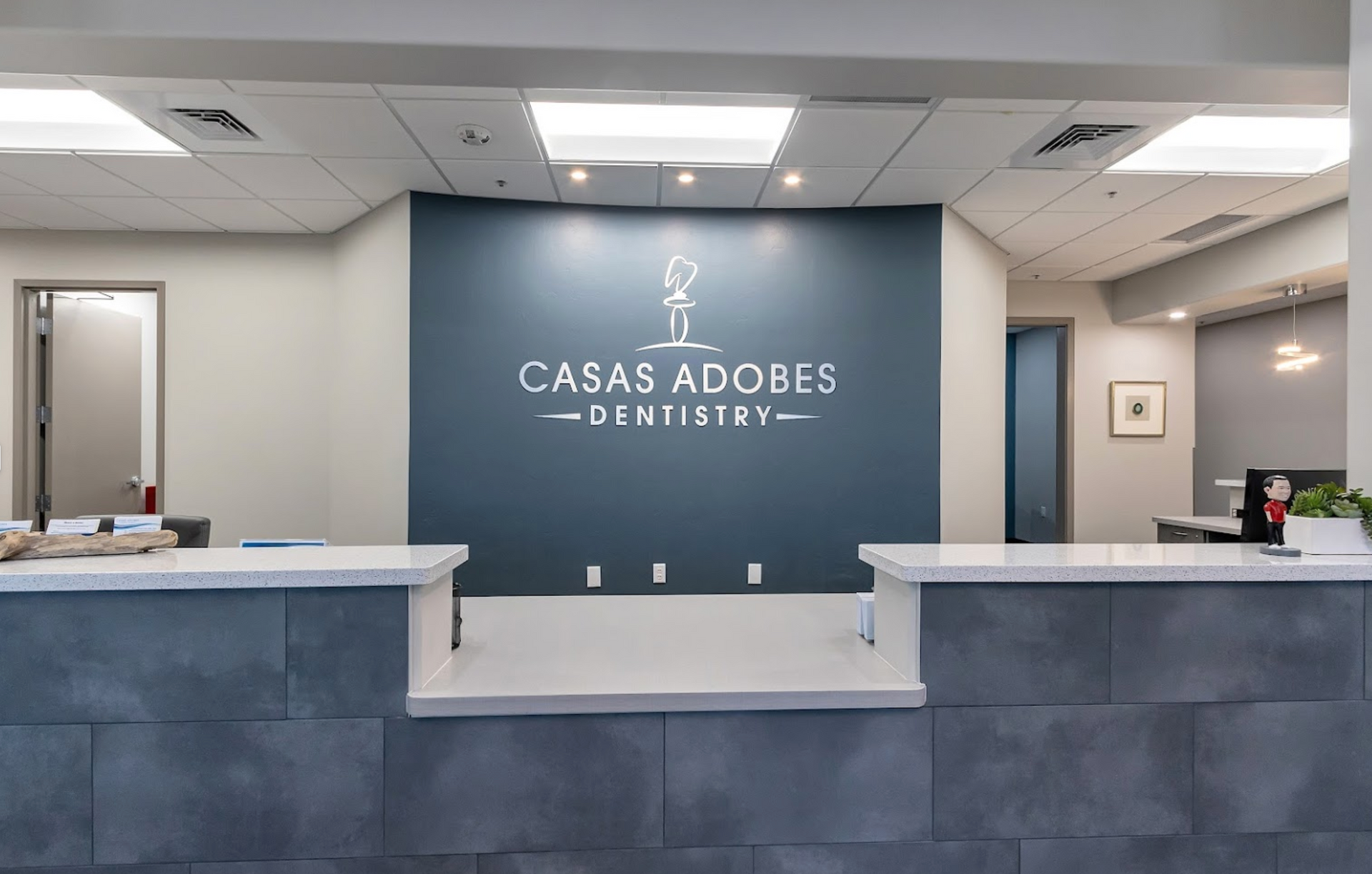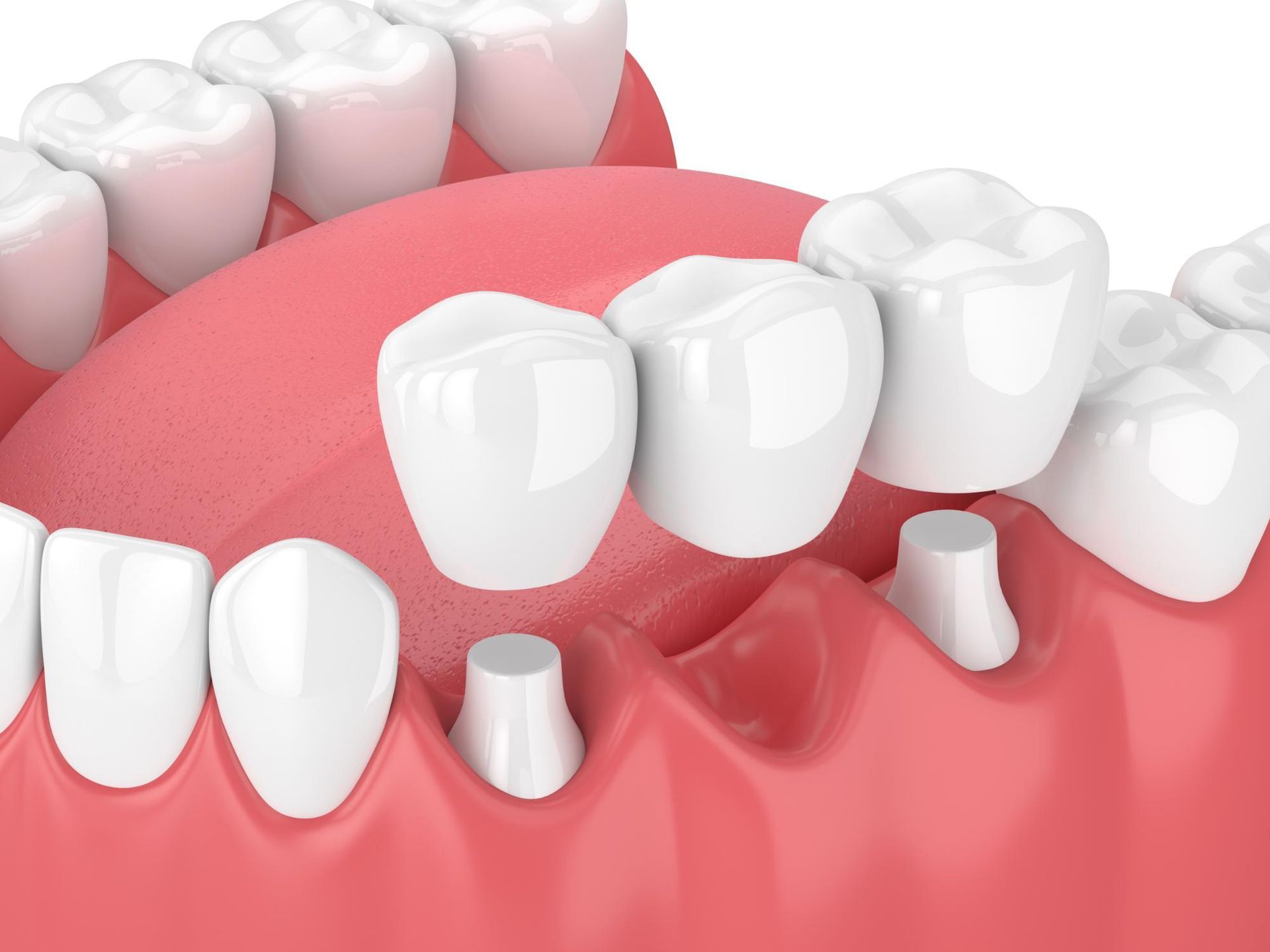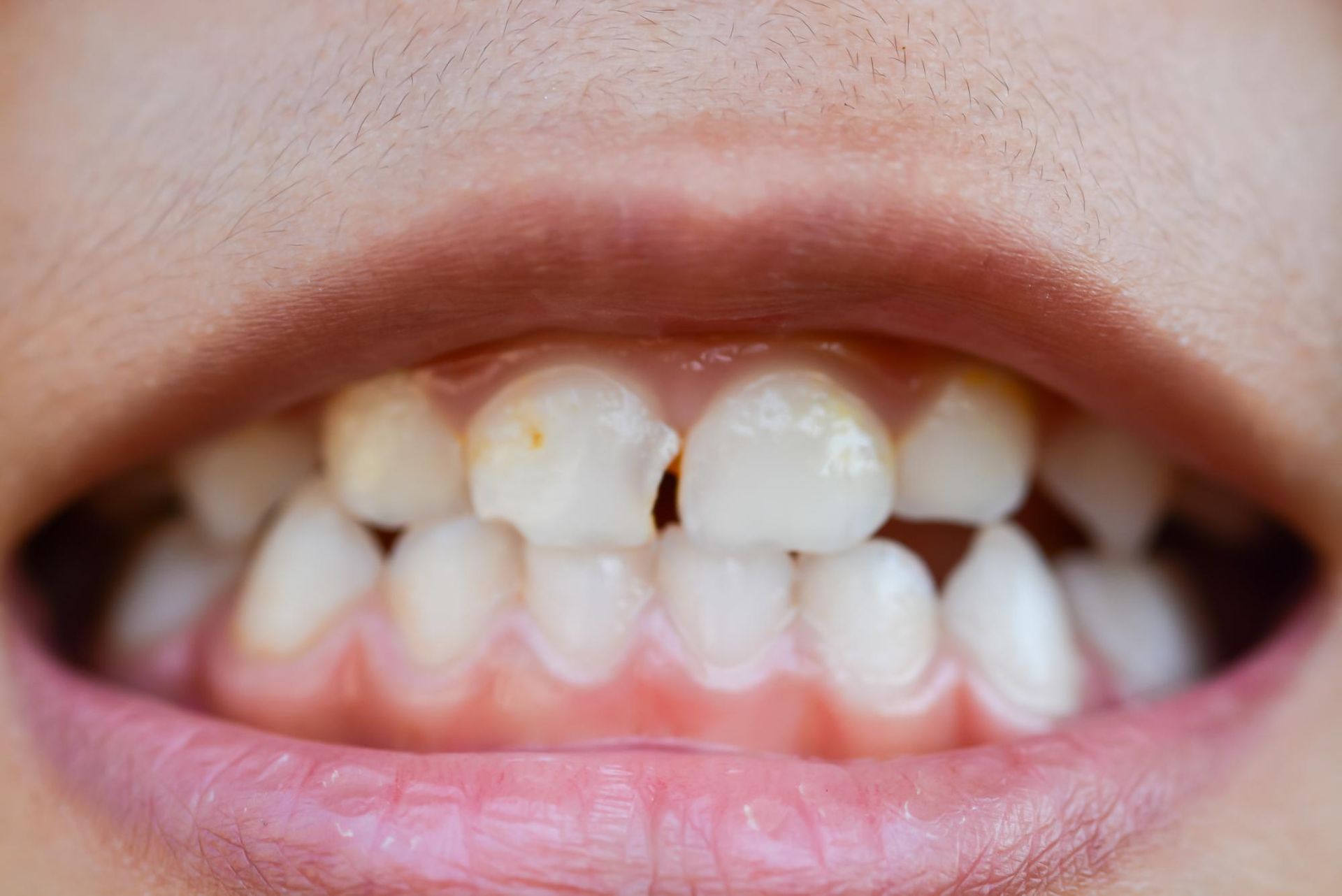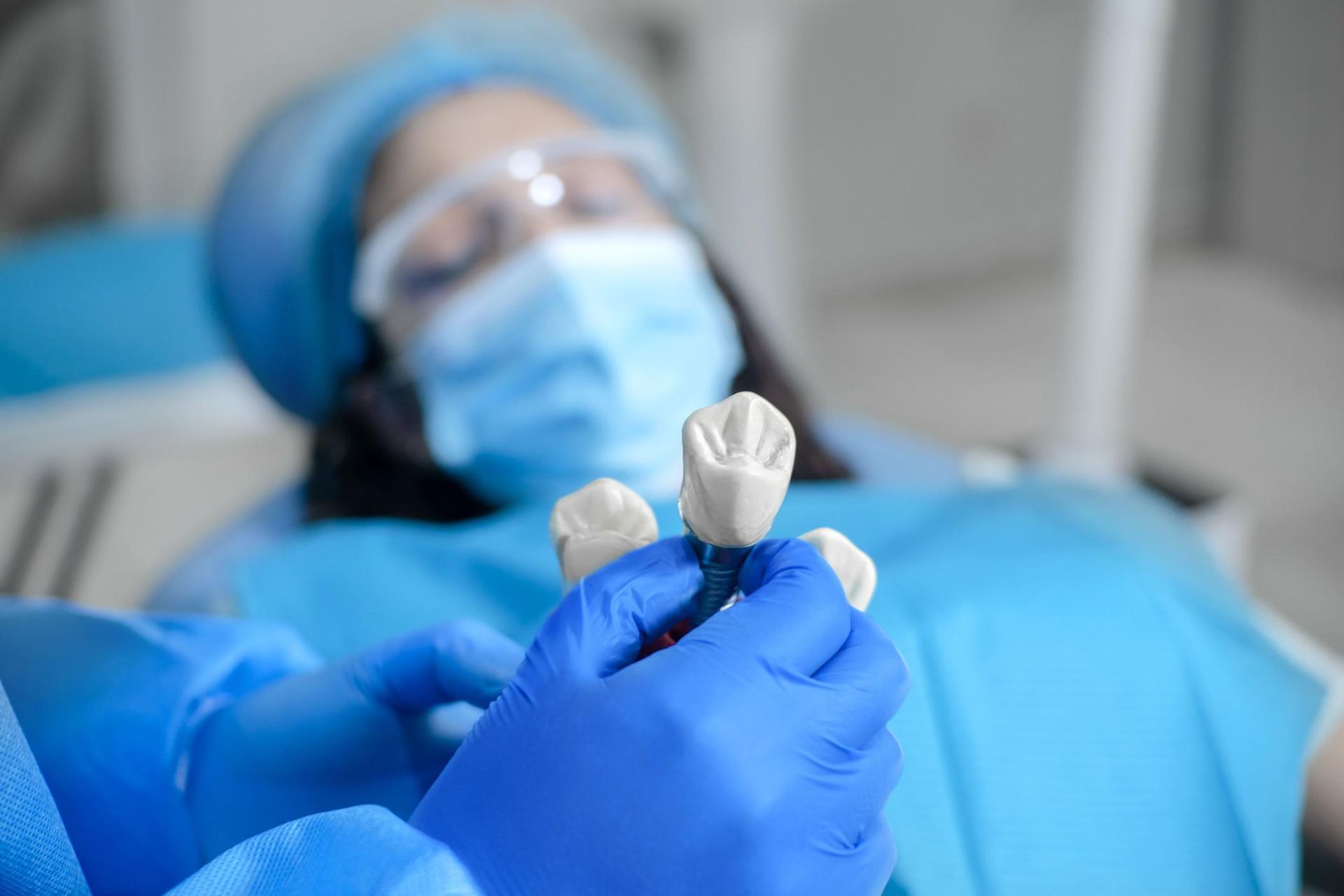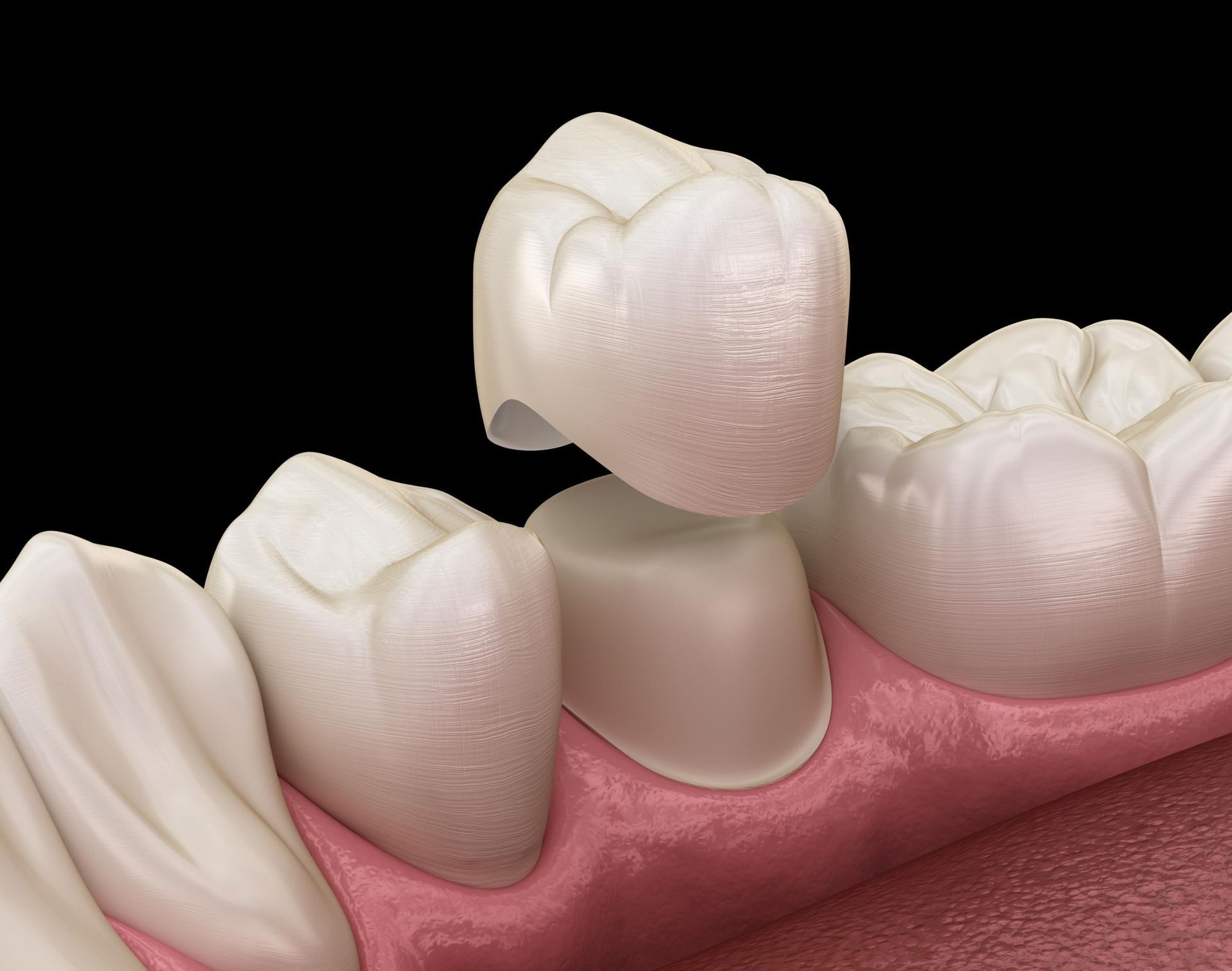(520) 365-0559
7520 N Oracle Rd Suite 200, Tucson, AZ 85704
Serving all of Tucson & Surrounding Areas
The Complete Guide to Molar Tooth Implant Surgery

If you’ve lost a molar, a molar tooth implant offers a reliable way to restore both function and appearance. This guide explains the process, the benefits, and why replacing a missing molar is crucial for oral health. Discover everything you need to know about molar tooth implants and make an informed decision.
Key Takeaways
- Molar tooth implants consist of three components: the implant post, the abutment, and the crown, and offer benefits such as stability for chewing, support for surrounding teeth, and preservation of the jawbone’s integrity.
- Replacing missing molars with implants helps maintain oral health by preventing jawbone deterioration, maintaining bite alignment, and reducing risks of tooth decay, gum disease, and malnutrition.
- The molar tooth implant procedure involves several steps, including initial consultation and planning, potential bone grafting, implant placement, osseointegration, and attaching the abutment and crown, with each step critical for long-term success.
Understanding Molar Tooth Implants
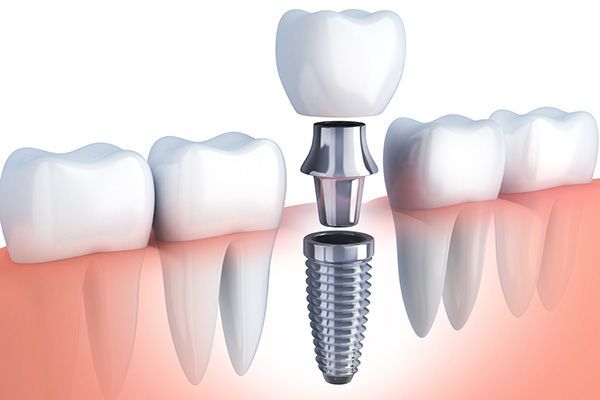
Molar tooth implants are a marvel of modern implant dentistry, consisting of three main components: the implant post, the abutment, and the crown. The implant post is a screw-like structure, typically made of titanium due to its biocompatibility, that mimics the natural tooth root and is surgically anchored into the jawbone.
The abutment serves as a connector, attaching the implant post to the dental prosthetic—the crown. This crown can be a single dental crown for one missing tooth, or it can be part of a bridge or denture if multiple molars need replacing.
Once in place, these dental implants function just like natural teeth, providing the following benefits:
- Stability for chewing
- Support for surrounding teeth
- Maintenance of the natural alignment of your bite
- Preservation of the integrity of the jawbone, preventing bone loss that typically follows tooth loss
This makes dental implants one of the best tooth replacement options available today.
Why Replace a Missing Molar?
Losing a molar tooth is more than just an aesthetic issue; it can significantly affect your overall oral health. Missing molars can lead to:
- Jaw problems because these teeth play a crucial role in supporting the gingival mucosa and stimulating the jawbones.
- Deterioration of the jawbone leads to permanent bone loss in the mandible and buccal cavity.
- Weakening of the jawbone impacts the site’s structural integrity and the stability of the remaining teeth.
Moreover, the absence of molars can disturb the natural alignment of your teeth, causing occlusion issues and leading to crooked teeth. This misalignment can wear down the enamel, making oral care more challenging and increasing the risk of dental decay. Replacing a missing molar with a dental implant helps maintain the alignment of your bite, reducing the risk of tooth decay and gum disease by preventing surrounding teeth from shifting and becoming misaligned.
In addition to these functional issues, the loss of molars can make speaking, chewing, and eating more difficult, potentially leading to malnutrition. Replacing missing molars is therefore crucial not just for maintaining oral function and aesthetics but also for preserving overall health and well-being. Dental implants are a reliable and effective solution to these issues, offering a realistic way to replace missing teeth and protect others from damage.
The Procedure for Molar Tooth Implant Surgery
The journey to restoring your smile with molar tooth implants involves several carefully planned steps. Here is an overview of the process:
- Thorough consultation and planning phase
- Potential bone grafting if there is insufficient bone density
- Placement of the dental implant
- Osseointegration process
- Attaching the abutment and crown
Each step ensures a successful implant procedure and a beautiful smile.
Each step is designed to ensure that the dental implant integrates seamlessly with your jawbone, providing a stable and long-lasting foundation for the artificial tooth. Let’s delve into each of these stages to understand what you can expect during your molar tooth implant surgery.
Initial Consultation and Planning
Your journey begins with an initial consultation, where a comprehensive dental exam, including X-rays and 3D images, is conducted to assess the condition of your jawbone and surrounding structures. This exam is crucial for planning the precise placement of the dental implant, ensuring optimal results, and minimizing potential complications.
Reviewing your medical history is another critical component of this stage. It helps the dental team understand any underlying health issues that could affect the implant procedure. In some cases, additional imaging like a CT scan may be required to determine bone density and gum condition, especially if the tooth has been missing for a long time.
This thorough planning phase is vital to the success of your dental implant surgery.
Bone Grafting for Insufficient Bone Density
Bone grafting becomes necessary when the jawbone is either too soft or not thick enough to support the dental implant. This procedure ensures that there is a solid base for the implant to anchor itself securely. Bone graft materials can come from natural bone taken from another part of your body or from synthetic materials designed to mimic bone structure.
In some cases, minor bone grafting can be performed simultaneously with the implant surgery, reducing the overall treatment time.
However, if more extensive grafting is needed, it may require a separate procedure, followed by a healing period before the implant can be placed. This step is crucial for ensuring the long-term success and stability of your dental implant.
Placing the Dental Implant
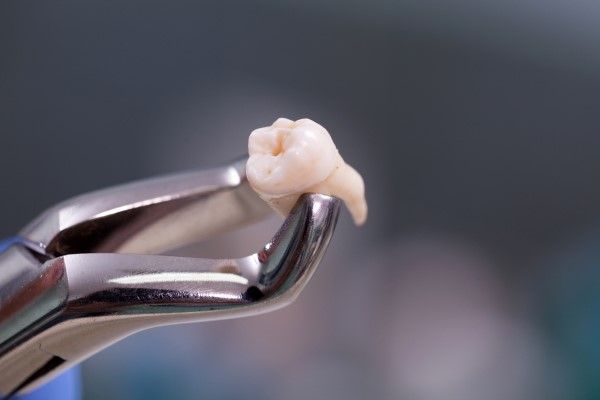
The actual placement of the dental implant is a meticulously planned surgical procedure performed under local anesthesia to ensure patient comfort. The oral surgeon begins by:
- Cutting to open the gum and expose the bone.
- Once the bone is exposed, the surgeon drills holes into the jawbone.
- The metal post is then placed deep into the bone, where it will serve as the root for the new tooth.
This implant post is typically made of titanium, a material known for its biocompatibility and ability to fuse with bone. The placement of the implant post is critical as it sets the foundation for the stability and functionality of the final prosthetic tooth.
Osseointegration Process
Osseointegration occurs when the jawbone naturally merges with the dental implant’s surface, creating a strong bond. This process allows for a secure foundation for artificial teeth. This process takes several months to complete but is essential for providing a stable foundation for the artificial tooth.
This period allows the artificial tooth root, also known as the implant, to become securely anchored in the jawbone, ensuring that it functions just like a natural tooth root.
Attaching the Abutment and Crown
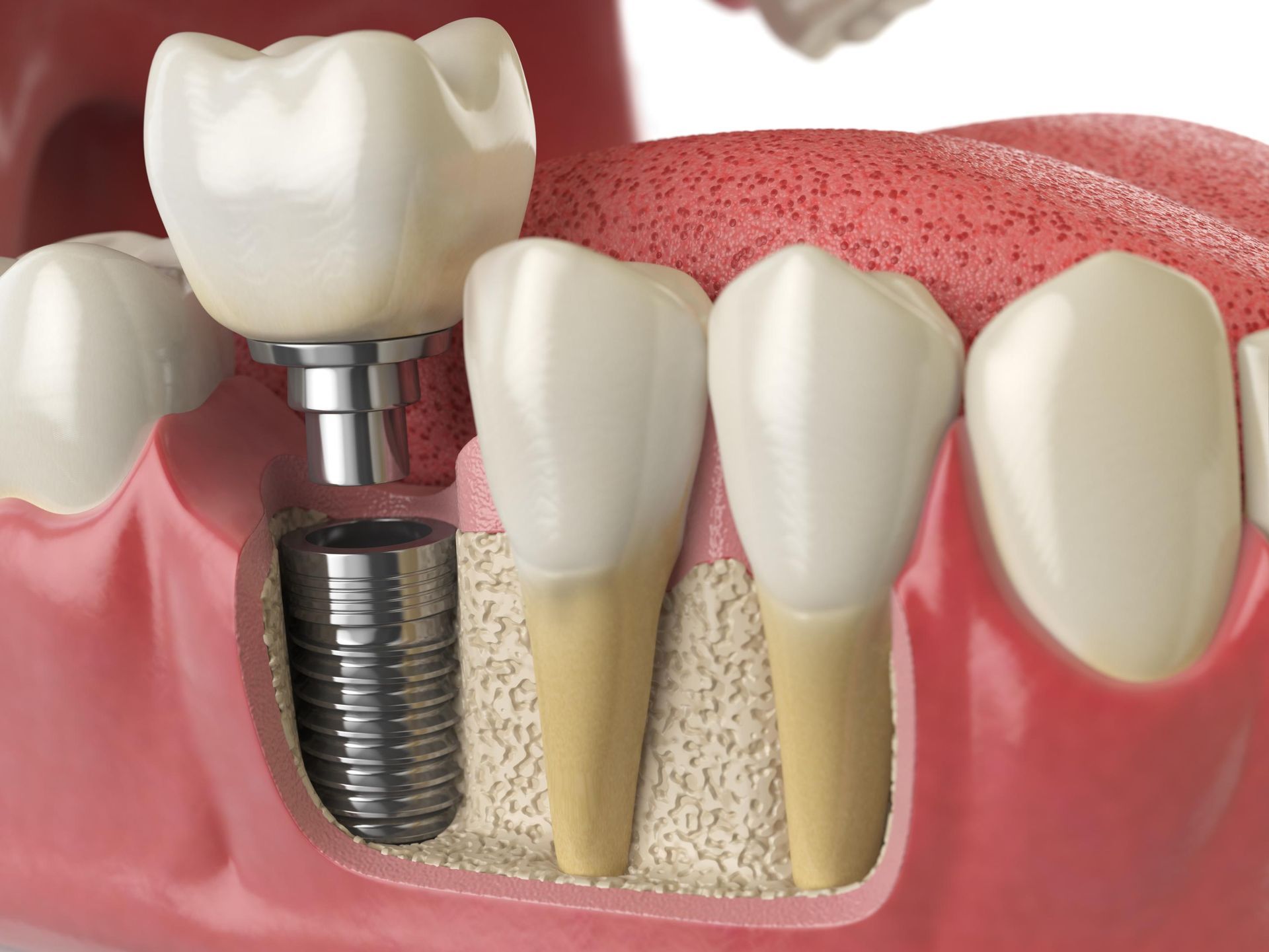
Once osseointegration is complete, the next step is attaching the abutment, which connects the implant post to the crown. The dentist will fit an artificial tooth onto the abutment, completing the implant procedure after approximately two weeks. This process allows for proper healing and integration of the implant.
This final step restores the functionality and appearance of your missing molar, allowing you to chew, speak, and smile with confidence.
Benefits of Molar Tooth Implants
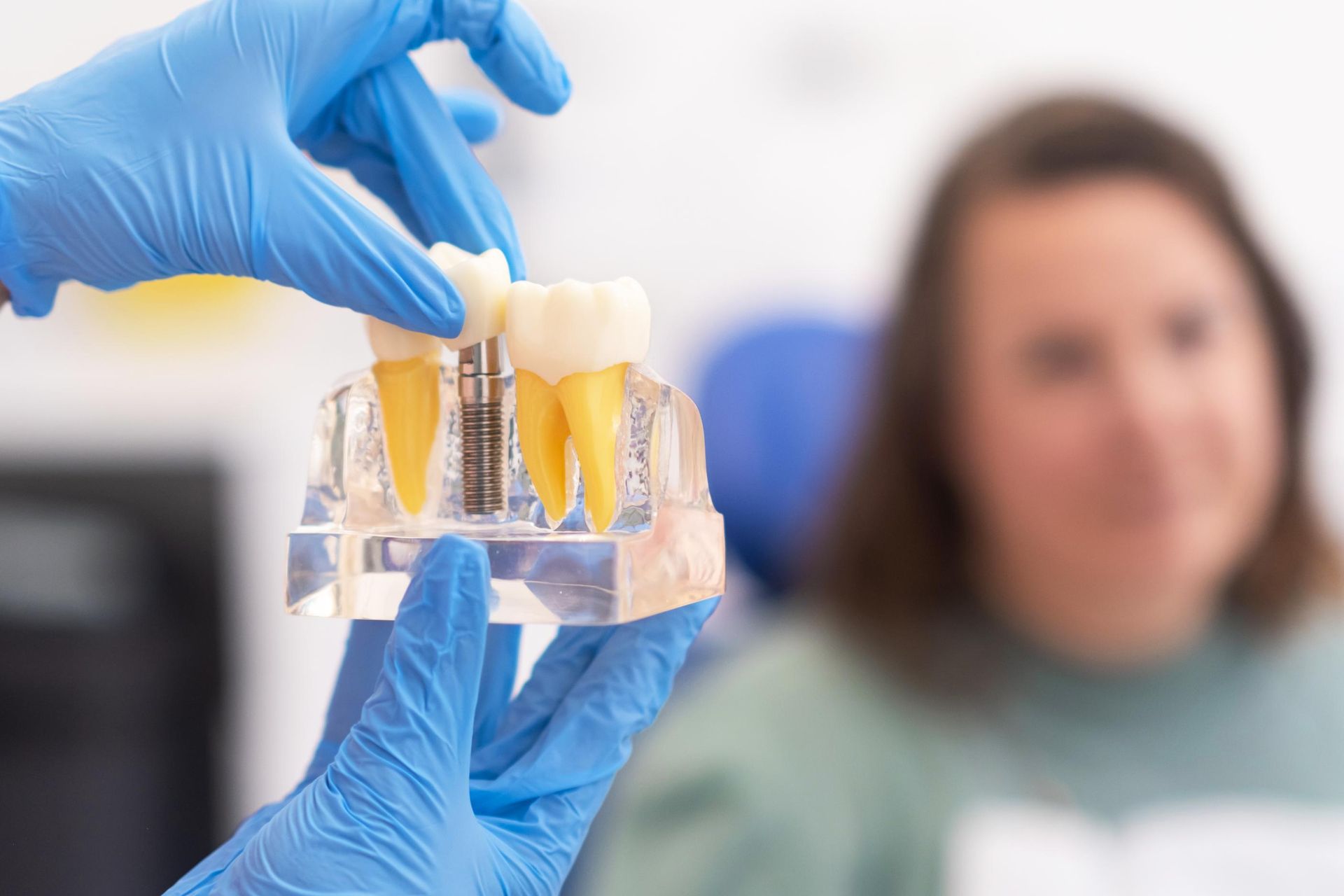
Molar implants offer numerous benefits that go beyond merely replacing a missing tooth. They:
- Restore your ability to chew and speak properly, mimicking the function of natural teeth
- Allow you to enjoy your favorite foods without discomfort or difficulty
- Provide unparalleled stability, as they fuse with the jawbone
- Prevent bone deterioration
Another significant benefit of dental implants is the preservation and restoration of overall oral health. Here’s how:
- Implants fill the gap left by a missing molar, preventing surrounding teeth from shifting and causing misalignment.
- This structural support helps maintain the natural alignment of your bite.
- Implants reduce the risk of oral health problems like tooth decay and gum disease.
Furthermore, dental implants offer several benefits:
- They are the strongest and most long-lasting solution for missing teeth, with success rates often exceeding 95% when proper planning, skilled surgical techniques, and post-operative care are in place.
- They enhance your smile aesthetics, giving you a natural-looking replacement that boosts your confidence.
- They prevent bone loss and help maintain the structure of your jaw.
- They allow you to eat and speak comfortably, without any restrictions.
- They are easy to care for, requiring the same oral hygiene routine as your natural teeth.
All these factors make molar implants an excellent choice for anyone seeking a reliable and effective tooth replacement solution.
Who is a Good Candidate for Molar Implants?
Not everyone is an ideal candidate for molar implants, but several factors can determine suitability. Prime candidates for molar implants have:
- Adequate bone density in the jaw to support and stabilize the implant
- Sufficient bone density in the area of the missing tooth
- Overall good oral health, including healthy gums
These factors are crucial for the success of the implant.
Candidates must also commit to maintaining proper oral hygiene habits and leading a healthy lifestyle, including proper nutrition. Factors like smoking and excessive alcohol consumption can increase the risk of implant failure. Lastly, having realistic expectations about the outcomes and potential complications of the molar implant procedure is vital for a satisfactory experience.
Alternatives to Molar Tooth Implants
While molar implants are an excellent solution for many, they are not the only option. Alternatives like dental bridges and partial dentures offer different levels of invasiveness and stability. Each of these options has its pros and cons, and the best choice depends on individual circumstances and preferences.
Dental bridges and partial dentures can be viable alternatives, especially for those who may not be suitable candidates for implants due to insufficient bone density or other health concerns. Let’s explore these alternatives in more detail.
Dental Bridges
Dental bridges are a common alternative to molar tooth implants for replacing missing teeth. A classic bridge involves placing crowns on the teeth adjacent to the gap and attaching an artificial tooth in between. This method fills the gap effectively but requires the adjacent teeth to be prepared for crowns.
Maryland bridges offer a less invasive option as they use metal or porcelain wings bonded to the back of adjacent teeth, avoiding the need for crowns on healthy teeth. Resin-bonded bridges use dental resin to attach the artificial tooth to the surrounding teeth, providing a non-invasive solution.
Partial Dentures
Partial dentures are another alternative, consisting of artificial teeth attached to a framework that clasps onto existing teeth. They are more affordable and non-invasive compared to dental implants. However, they do require periodic adjustments to ensure a comfortable fit.
Partial dentures can be a good solution for those with multiple gaps or those who prefer a removable option.
Cost Considerations for Molar Implants
The cost of molar implants can vary significantly based on several factors, including the specific procedures required, the type of anesthesia used, and the geographical location of the dental practice. Typically, the cost of a single dental implant with a porcelain crown ranges from $3,500 to $6,700. This cost can increase if additional procedures, such as bone grafting or sinus lifts, are necessary. For instance, bone grafting procedures can add around $600 to the total cost, and a sinus lift might add between $1,500 and $2,500.
Moreover, preliminary evaluations like dental exams and X-rays can add an additional $200 to $450 if uninsured. Anesthesia during the implant procedure might cost between $50 to $200, with general anesthesia likely costing several hundred dollars per hour. On average, the total cost for a full mouth of dental implants can be as high as $56,000.
Despite the high upfront cost, the long-term benefits and durability of dental implants often make them a worthwhile investment.
Post-Surgery Care and Maintenance
Proper post-surgery care is crucial for the success of your molar implant. Here are some important steps to follow:
- Immediately after the surgery, avoid rinsing or spitting for the first 24 hours to allow the surgical area to heal.
- Apply ice packs to the surgical area for the first 48 hours to help reduce swelling. Use a recommended cycle of 20 minutes on and 10 minutes off.
- Most patients report only mild discomfort, which can be managed with over-the-counter pain medications.
Maintaining a soft diet is essential during the initial healing period. Here are some guidelines to follow:
- Consume plenty of fluids, but avoid using a straw to prevent complications from suction.
- Stick to soft foods and cool drinks.
- Avoid foods that can get stuck in your teeth, such as seeds, nuts, and popcorn.
- Refrain from smoking for at least five days post-surgery to reduce the risk of complications.
Oral hygiene is paramount during the recovery period. Use warm salt water rinses after the first postoperative day to clean the surgical area. Dental implants require no more care than natural teeth; regular brushing, flossing, and routine dental check-ups are sufficient to maintain their health and functionality. Following these guidelines will help ensure a smooth recovery and long-term success of your molar implants.
Common Myths about Molar Implants
There are several common myths about molar implants that can deter people from considering this effective tooth replacement option. One prevalent myth is that dental implants are extremely painful. However, modern dental procedures are designed to minimize pain and discomfort during and after the surgery. Local anesthesia is used during the implant placement, and any post-surgery discomfort can typically be managed with over-the-counter pain relievers.
Another misconception is that dental implants have a low success rate. In reality, with proper planning, skilled surgical techniques, and diligent post-operative care, the success rates of molar implants often exceed 95%. Dental implants are highly customizable and can be tailored to match the natural look of your teeth, contributing to their high success rates and natural appearance.
Finally, some believe that dental implants require complex and extensive long-term maintenance. This is not the case; dental implants require the same care as natural teeth—regular brushing, flossing, and routine dental check-ups. By debunking these myths, we can better appreciate the advantages of molar implants, such as effective chewing, psychological comfort, and reliable tooth replacement.
Summary
Molar tooth implants are an advanced and reliable solution for replacing missing molars. They restore the ability to chew and speak properly, provide stability, and prevent bone deterioration. The procedure involves a series of well-planned steps, including initial consultation, potential bone grafting, implant placement, osseointegration, and finally, attaching the abutment and crown.
Understanding the benefits, costs, and post-surgery care can help you make an informed decision. Whether you are considering a molar implant or exploring alternatives like dental bridges and partial dentures, knowing your options is crucial. Take the first step towards restoring your smile and oral health by consulting with a dental professional to determine the best tooth replacement strategy for you.

Frequently Asked Questions About Dental Implants
What are the main components of a molar tooth implant?
The main components of a molar tooth implant are the screw (implant post), an abutment, and a crown. This allows for a comprehensive replacement of the molar tooth.
Why is it important to replace a missing molar?
It's important to replace a missing molar to prevent jawbone deterioration, maintain tooth alignment, and preserve overall oral health. Ignoring a missing molar can lead to various oral health problems.
What does the initial consultation for a molar implant involve?
The initial consultation for a molar implant involves a thorough dental exam, a review of medical history, and potential imaging such as X-rays and 3D scans to assess implant eligibility.
Are there alternatives to molar implants?
Yes, dental bridges and partial dentures are alternative options to molar implants, each offering different levels of invasiveness and stability.
What kind of post-surgery care is needed for molar implants?
After getting molar implants, it's important to manage pain, adapt your diet, avoid smoking, and uphold good oral hygiene to ensure proper post-surgery care.


Ready to Experience Exceptional Dental Care?
Your journey towards a healthier, brighter smile starts here. Call us today at (520) 365-0559 to schedule your appointment or request a consultation online. Join the Casas Adobes Dentistry family and let us take care of your dental needs with the compassion and expertise you deserve.


Contact Information
Request an Appointment
For more information about our services or to schedule an appointment, call us at (520) 365-0559 or complete the form below we’ll get back to you as soon as we can.
We are on Oracle Rd. just north of Ina Rd in the same complex as Retina Associates which you can see on the right when you are traveling north. We are south of Suffolk Dr. on the East side of Oracle Rd. You may have to make a U-Turn when traveling south from Magee Rd
Popular Services
Quick Links
All Rights Reserved | Casas Adobes Dentistry
